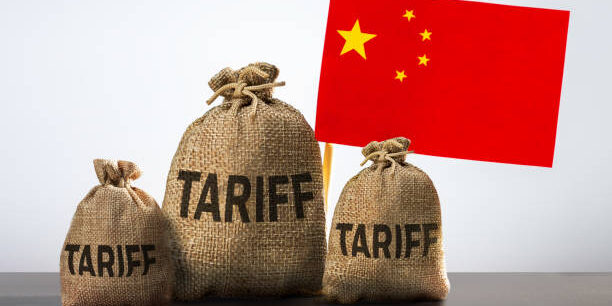China’s recent decision to adjust tariffs on U.S. imports to 84% is prompting a wave of strategic innovation and adaptability within global supply chains. While these policy changes present new challenges, they also open the door for logistics leaders and trade professionals to reassess and enhance their operational frameworks.
This development encourages diversification of sourcing options, more localized manufacturing strategies, and investment in technologies that improve visibility and planning. As companies look for smarter ways to manage cross-border trade, supply chains are becoming more agile, resilient, and responsive to global shifts.
Supply chain stakeholders are using this moment to strengthen their networks—exploring new trade routes, deepening partnerships across regions, and rethinking inventory strategies. This transformation is not just a response to tariffs but a forward-thinking approach to building systems that are more adaptive and sustainable for the future.
Overall, while the tariff changes between China and the U.S. mark a significant moment in trade policy, the ripple effects are accelerating positive change across supply chain operations worldwide.
#ICTTMNews #SupplyChainNews #TradeUpdate #GlobalLogistics #BreakingNews #NewsUpdate







